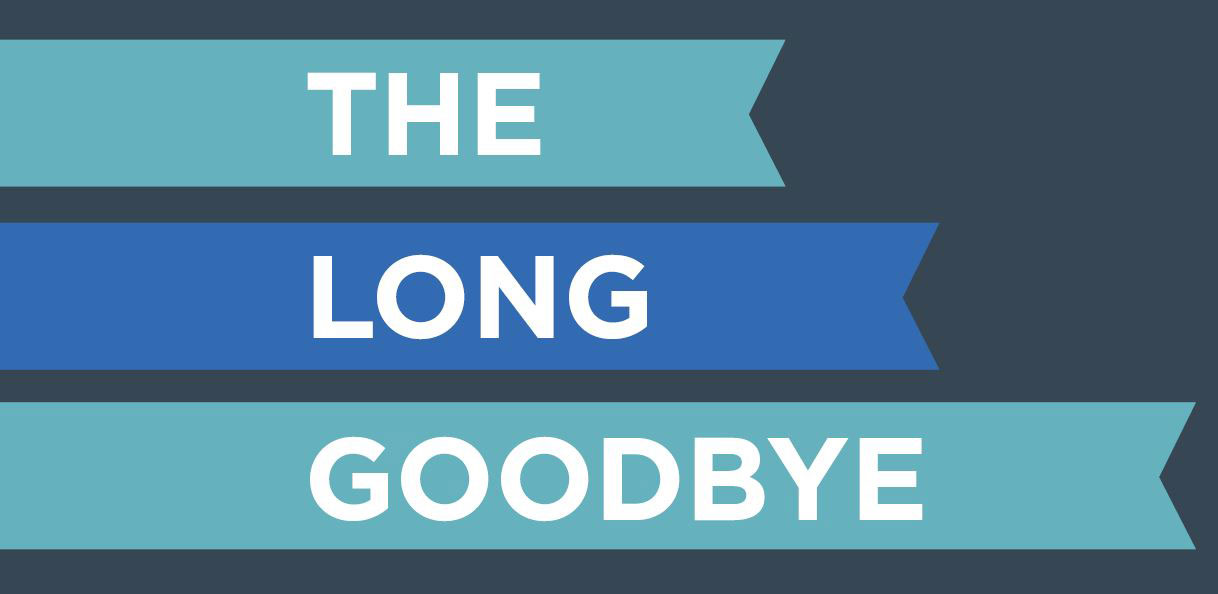Our colleagues at the Building Movement Project worked with exiting and incoming leaders as well as transition consultants nationally—including a group of TSNE’s consultants and executive transition experts—to create this practical report (with tools!) to support organizations as they potentially consider an ongoing role for an outgoing executive. Here at TSNE, our consultants have supported numerous organizations in thinking through the organizational possibilities and impacts of creative leadership transitions—we are excited to see an integrated scan of national perspective and practice with this unique aspect of executive transitions. Happy reading!
Excerpt from “The Long Goodbye”
Over a decade ago, the nonprofit sector began to address its impending generational shift in leadership as more and more of the field began reaching retirement age. Out of this conversation came the recognition that the drive and passion that brought many leaders into the sector did not leave them upon their retirement, and that many former leaders were looking for ways to continue their contributions. The Building Movement Project reveals in their The Long Goodbye report:
So it is no surprise that more leaders are asking to stay in their organizations in another meaningful role and that organizations are wondering whether they should hang onto the talents of their exiting leader before letting them go completely.
Although conventional wisdom from transition experts recommend a clean and firm departure from the organization, many groups decide on an “extended executive exit” for a variety of reasons. The report goes on to console:
Many organizations are reluctant to let go of a long-time leader’s knowledge, relationships, and insights; and often an exiting leader feels there is still more to offer the organization. This starts the process of negotiating a soft or elongated exit rather than a crisp departure. As our findings indicate, it takes an enormous amount of candor and reflection to make a “long goodbye” work.
Key Findings About “The Long Goodbye”
This candor and reflection is a crucial piece of deciding whether it makes sense to prolong the stay of an exiting executive. The report provides 6 key findings to guide your decision-making:
- A “Table for Three and More”
The Board of Directors representing the interest of the organization, the exiting executive, and the incoming executive (identified and hired or not) are all essential players in the decision and implementation of an extended executive transition. - A Strong, Healthy Organization is the Ultimate Goal
While an extended departure may be motivated by personal concerns or loyalties, the real goal of all parties should be to boost the support, structures and sustainability for a healthy organization. - The Importance of Collaborative Skills and Culture
An extended transition requires facilitative, collaborative skills that can make room for and optimize the shared presence of past and current leadership. - Financial Planning and Transparency
Transitions cost money including items suchas payouts of benefits and bonuses, or settlements and extensions to the exiting director; organizational costs to upgrade or stabilize functions like fundraising; and search/recruitment and onboarding. - Insider Advantage and the Search
Most of the successful examples of extended executive exits in this study involved exiting and incoming leaders who already had a substantial working relationship. - Optimize the Potential Success of the Deal
It is important for all parties at the table to be aligned on these ideas:- The exiting executive will have a well-focused assignment with clear deliverables that are of high value to the organization.
- There is a time limit for the arrangement,usually less than a year.
- The exiting director has a clear reporting relationship to the new executive and understands the benchmarks of accountability.
- The Board has helped to negotiate the deal and can support the new leader in building and managing the relationship with the exiting director.
- A coach is regularly involved with the exiting and incoming leaders to work out any extended transition issues, and has access to involving the Board if necessary.
Find Out If an Extended Executive Exit Will Work
In the full downloadable report, you will find 5 tools to decide:
Tool One: This is a fun and easy True/False quiz that will help board members and exiting leaders test their assumptions and about the wisdom of keeping the current leader staying in the organization. It helps to set the stage when considering whether a leader stepping down from position power should stay.
Tool Two: This tool is a quick and easy way for each party to think about the reasons for keeping long-term leaders in the organization once they step down from their leadership role. The scoring process can be used to start the conversation and has no right or wrong meaning.
Tools Three, Four and Five: Taken together, these are three parts of the same tool for assessing readiness—one for the exiting leader, one for the incoming leader, and one for board members. These three tools help each party dig into whether a “long goodbye” will work for them and the organization. The results each of these tools can be used for self-reflection and discussion across the table.
Get the full report from the Building Movement website, click here.
About the Life After Leadership Series
The Life After Leadership Project began interviewing leaders in 2012 about the immense generational transfer of talent that is getting underway in the nonprofit sector. Through extensive interviews, surveys and focus groups the project collected valuable information and reflections from an array of long-term nonprofit leaders looking to the future. Read the other reports in the series at: www.buildingmovement.org/tag/life+after+leadership+series
